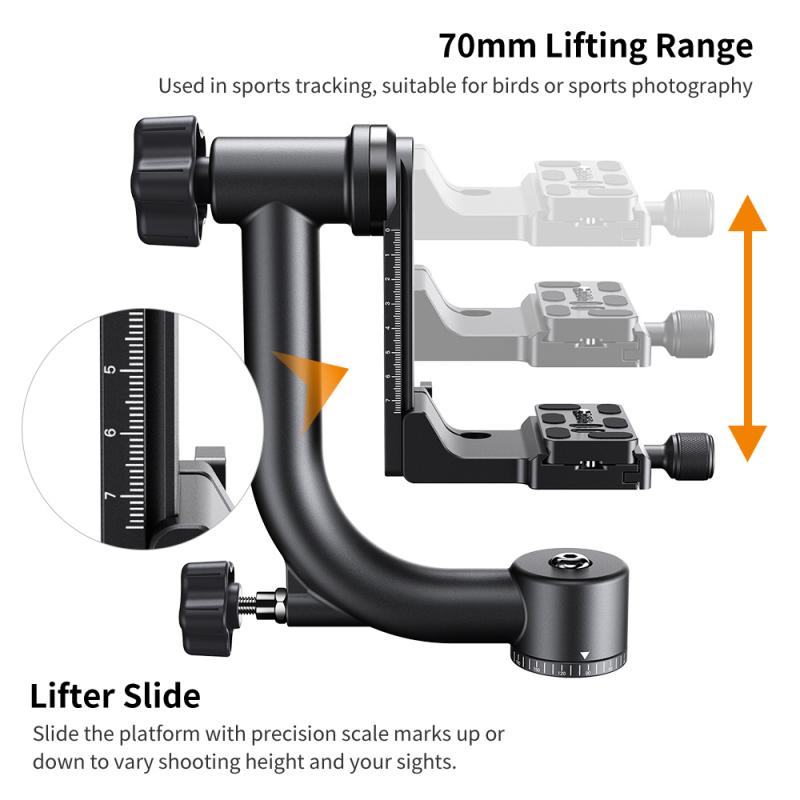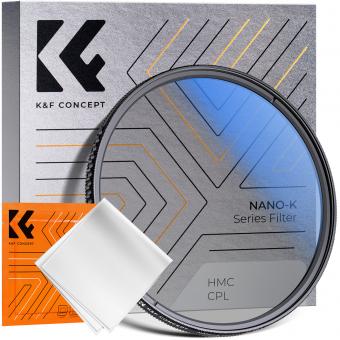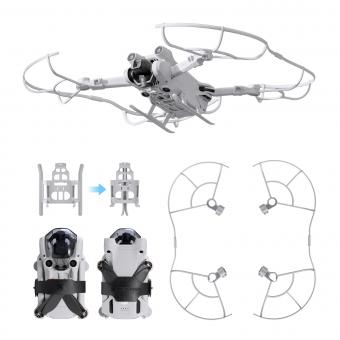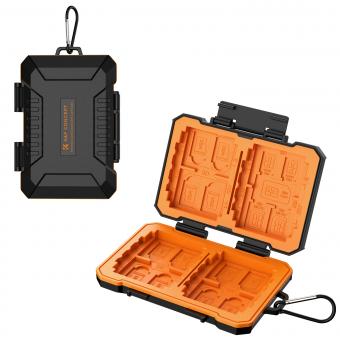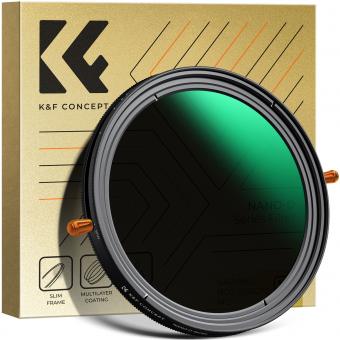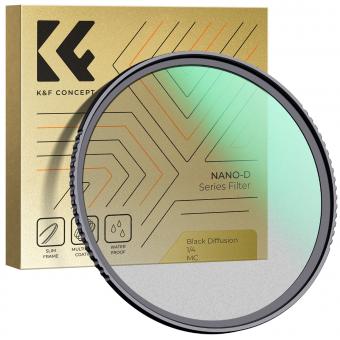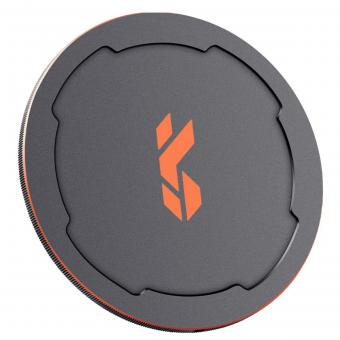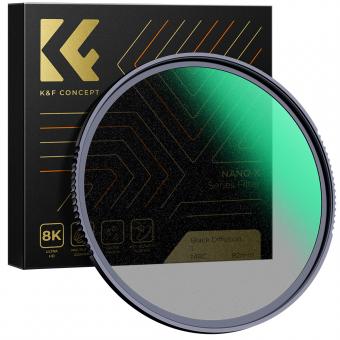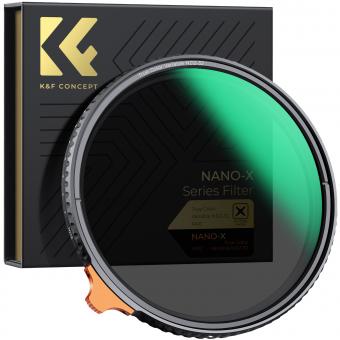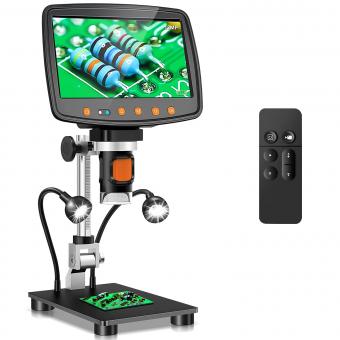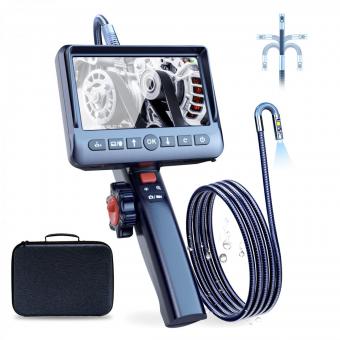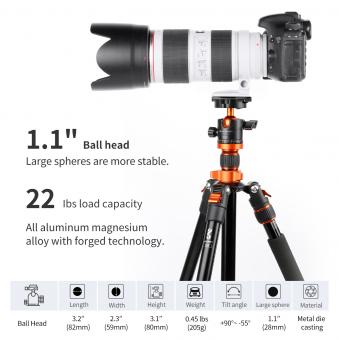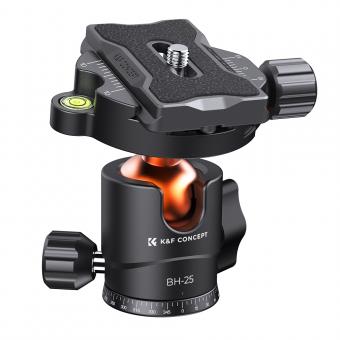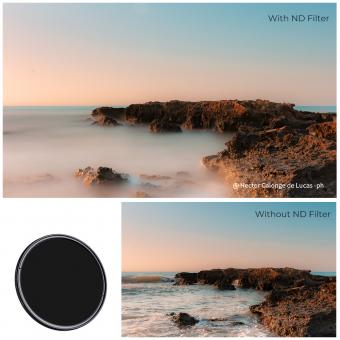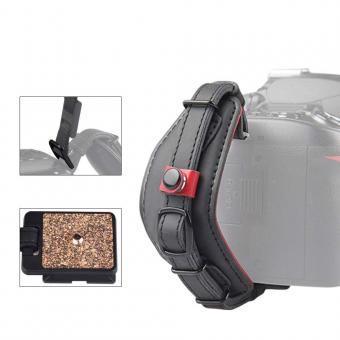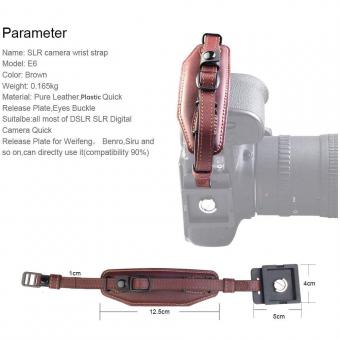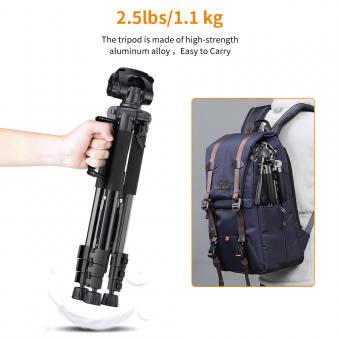Tripod Quick Release ?
A tripod quick release is a mechanism that allows for the quick and easy attachment and detachment of a camera or other device to a tripod. It typically consists of a plate that is attached to the bottom of the camera and a corresponding clamp or mount on the tripod. The plate and clamp are designed to securely lock together, providing stability and support for the camera while it is mounted on the tripod. The quick release system allows photographers to quickly switch between handheld shooting and tripod-mounted shooting without the need for unscrewing and reattaching the camera each time. This can save time and effort, especially in fast-paced shooting situations or when using multiple cameras. Tripod quick release systems are commonly used by photographers and videographers to ensure stability and ease of use when capturing images or videos.
1、 Types of Tripod Quick Release Mechanisms
Types of Tripod Quick Release Mechanisms
A tripod quick release mechanism is an essential feature of a tripod that allows photographers to quickly attach and detach their cameras from the tripod. There are several types of tripod quick release mechanisms available in the market today, each with its own advantages and disadvantages.
One common type of tripod quick release mechanism is the plate and clamp system. This system consists of a plate that is attached to the camera and a clamp that is attached to the tripod. The plate slides into the clamp and is secured in place with a locking mechanism. This type of quick release mechanism is widely used and offers a secure and stable connection between the camera and the tripod.
Another type of tripod quick release mechanism is the lever release system. This system features a lever that, when pressed, releases the camera from the tripod. This mechanism is quick and easy to use, allowing photographers to quickly switch between handheld and tripod shooting.
In recent years, there have been advancements in tripod quick release mechanisms. One such advancement is the Arca-Swiss system. This system uses a dovetail design, allowing for a more secure and stable connection between the camera and the tripod. The Arca-Swiss system has gained popularity among professional photographers for its reliability and versatility.
Additionally, some tripod manufacturers have introduced proprietary quick release systems that are specific to their tripod models. These systems often offer unique features and compatibility with accessories designed specifically for that brand.
In conclusion, tripod quick release mechanisms are an important feature for photographers who frequently use tripods. The plate and clamp system, lever release system, Arca-Swiss system, and proprietary systems are some of the types of quick release mechanisms available. As technology advances, we can expect to see further improvements and innovations in tripod quick release mechanisms to meet the evolving needs of photographers.
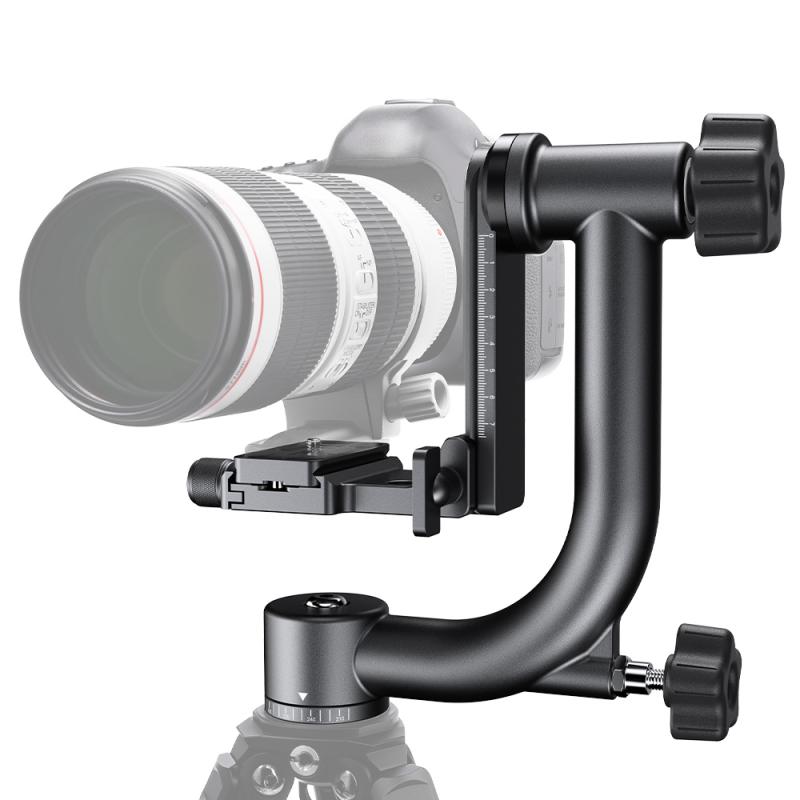
2、 Benefits of Using a Quick Release System for Tripods
Benefits of Using a Quick Release System for Tripods
A quick release system for tripods is an essential accessory for photographers and videographers. It allows for quick and easy mounting and dismounting of cameras, saving valuable time and effort. Here are some updated benefits of using a quick release system for tripods:
1. Time-saving: With a quick release system, you can quickly switch between different cameras or lenses without having to unscrew and reattach them. This is especially useful in fast-paced shooting situations where every second counts.
2. Stability: A quick release system ensures a secure and stable connection between the camera and the tripod. This eliminates the risk of accidental slips or falls, providing peace of mind during shoots.
3. Versatility: Many quick release systems offer compatibility with various tripod heads and camera models. This allows photographers to use their preferred equipment without worrying about compatibility issues.
4. Portability: Quick release systems are designed to be lightweight and compact, making them easy to carry and transport. They add minimal bulk to your camera bag, allowing for hassle-free travel.
5. Flexibility: Some quick release systems offer additional features like adjustable plates or built-in levels. These features enhance the flexibility and functionality of the tripod, enabling photographers to capture shots from different angles and perspectives.
6. Efficiency: By streamlining the process of mounting and dismounting cameras, a quick release system improves workflow efficiency. This is particularly beneficial for professionals who need to work quickly and efficiently on location.
7. Durability: Quick release systems are typically made from high-quality materials that are built to withstand regular use and harsh conditions. This ensures long-lasting performance and reliability.
In conclusion, a quick release system for tripods offers numerous benefits for photographers and videographers. It saves time, provides stability, enhances versatility, improves portability, adds flexibility, increases efficiency, and ensures durability. Investing in a reliable quick release system is a wise choice for anyone looking to enhance their photography or videography experience.

3、 Common Issues and Troubleshooting Tips for Tripod Quick Release Systems
Common Issues and Troubleshooting Tips for Tripod Quick Release Systems
Tripod quick release systems are a convenient and efficient way to attach and detach your camera from a tripod. However, like any equipment, they can sometimes encounter issues. Here are some common issues and troubleshooting tips for tripod quick release systems:
1. Loose or wobbly connection: If you notice that your camera is not securely attached to the tripod, check if the quick release plate is properly tightened. Make sure to use the appropriate tool, such as a coin or screwdriver, to tighten the plate securely. If the issue persists, inspect the quick release mechanism for any signs of damage or wear and consider replacing it.
2. Difficulty in attaching or detaching the camera: If you are having trouble attaching or detaching your camera from the quick release system, ensure that the plate is properly aligned with the camera's mounting screw. Sometimes, the plate may get stuck due to dirt or debris. In such cases, clean the plate and the mounting screw thoroughly and try again.
3. Incompatibility with different cameras: Tripod quick release systems come in various sizes and designs, and not all plates are compatible with every camera. If you have multiple cameras, make sure to check the compatibility of the quick release plate with each camera before purchasing. If you encounter compatibility issues, consider investing in a universal quick release plate that can accommodate different camera models.
4. Plate slipping or rotating: If you find that the quick release plate slips or rotates when attached to the camera, it may be due to a loose locking mechanism. Ensure that the locking mechanism is tightened securely to prevent any movement. If the issue persists, inspect the plate and the locking mechanism for any signs of wear or damage and replace if necessary.
5. Insufficient stability: If you notice that your camera is not stable on the tripod, check if the quick release plate is properly seated in the tripod head. Ensure that the plate is securely locked in place and that the tripod head is tightened appropriately. If stability issues persist, consider upgrading to a more robust tripod head or using additional stabilization techniques such as a weight bag or a tripod sandbag.
In conclusion, tripod quick release systems can encounter various issues, but most can be resolved with proper troubleshooting. By following these tips, you can ensure a secure and efficient attachment of your camera to the tripod, allowing you to capture stable and high-quality images.
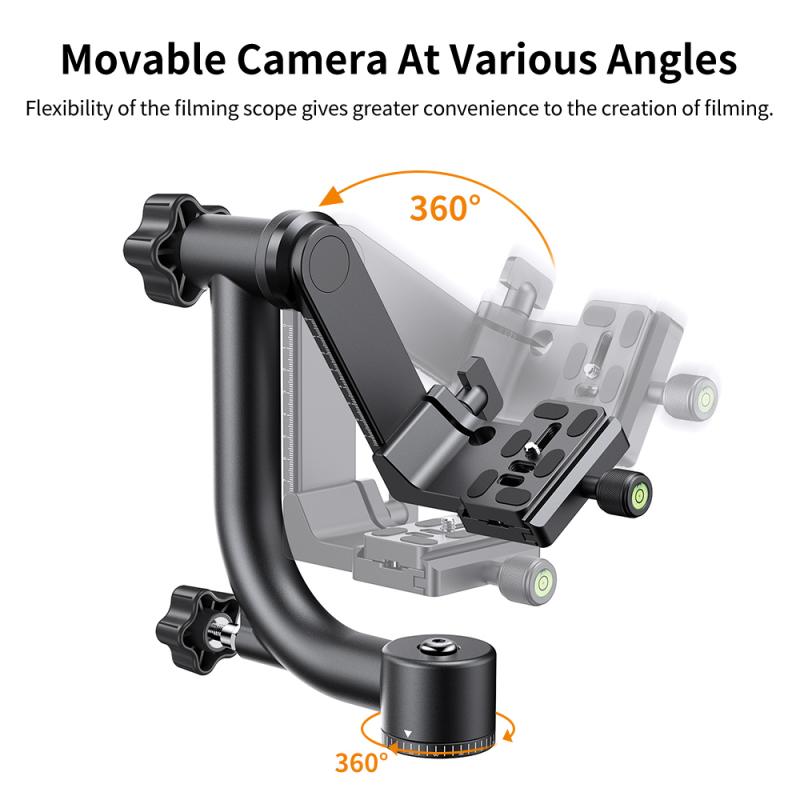
4、 Tips for Choosing the Right Quick Release System for Your Tripod
Tips for Choosing the Right Quick Release System for Your Tripod
Choosing the right quick release system for your tripod is essential for ensuring stability and ease of use during your photography sessions. Here are some tips to help you make an informed decision:
1. Compatibility: Ensure that the quick release system you choose is compatible with your tripod. Different tripods have different mounting systems, so it's important to check if the quick release plate will fit securely onto your tripod head.
2. Plate Size: Consider the size and weight of your camera equipment. If you use larger and heavier cameras, opt for a quick release system with a larger plate size and a higher weight capacity. This will provide better stability and prevent any potential accidents.
3. Locking Mechanism: Look for a quick release system with a secure locking mechanism. A reliable locking mechanism will ensure that your camera is firmly attached to the tripod and won't accidentally detach during use.
4. Ease of Use: Choose a quick release system that is easy to operate. Look for features like a quick-release lever or button that allows for fast and effortless attachment and detachment of your camera.
5. Durability: Invest in a quick release system that is made from high-quality materials. A durable system will withstand regular use and provide long-lasting performance.
6. Compatibility with Accessories: Consider any additional accessories you may want to use with your tripod, such as a camera strap or an L-bracket. Ensure that the quick release system you choose is compatible with these accessories or offers options for attaching them.
7. User Reviews: Read user reviews and testimonials to get an idea of the performance and reliability of different quick release systems. This can help you make an informed decision based on the experiences of other photographers.
By considering these tips, you can choose the right quick release system for your tripod that meets your specific needs and enhances your photography experience.
